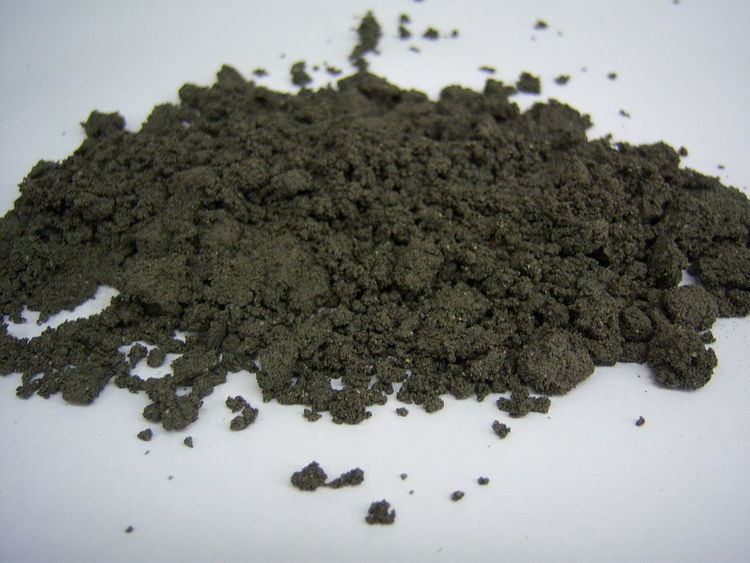 | ||
Mineral CSA is a finely ground calcium silicate feedstock produced by the U.S.-based company Harsco Minerals, which provides a solution for correcting acidic conditions and managing toxic metals associated with acid mine drainage (AMD). Mineral CSA has been used on operating and abandoned mine sites since 1991. It is a highly refined, repurposed calcium silicate aggregate. Its parent material is a downstream stainless steel furnace slag that undergoes “ageing” processes, fine grind pulverizing, and extensive metal separation (>99.95% of all metals removed) to remove impurities.
Contents
Mineral CSA was manufactured by Recmix, established in 1989 in Canonsburg, PA. In 1996, Recmix opened a second manufacturing facility in Sarver, PA. In early 2007, Harsco Corporation acquired the company as part of its Harsco Minerals division (headquartered in Mechanicsburg, PA).
Raising pH
Calcium silicate neutralizes active acidity by removing free hydrogen ions from the bulk solution, thereby increasing pH. As its silicate anion captures H+ ions (raising the pH), it forms monosilicic acid (H4SiO4), a neutral solute. Monosilicic acid remains in the bulk solution to aid in correcting the adverse effects of acidic conditions.
CaSiO3 + 2H+ + H2O → Ca2+ + H4SiO4 (monosilicic acid)
(Calcium silicate + Acidity + Water → Calcium + Monosilicic acid (neutral solute))
In the bulk solution, the silicate anion of Mineral CSA is very active in neutralizing H+ cations in the soil solution. Its CCE value is 90 – 100% and its relative neutralizing value is 98%.
Mineral CSA’s (calcium silicate) ability to ameliorate the adverse effects of acidic soil allows it to aid in the revegetation of acidic soils.
Precipitating heavy metals
In the presence of heavy metals, the calcium silicate aggregate reacts to form colloidal complexes with neutral or negative surface charges. These negatively charged colloids create an electrostatic repulsion with each other and precipitate heavy metals, preventing armoring of the material. This provides longer-lasting effectiveness of the material at AMD sites, as opposed to limestone (a popular remediation material) which tends to armor over, rendering it ineffective.
Properties
Typical Analysis
Dry weight basis:
Soluble silicon release:
